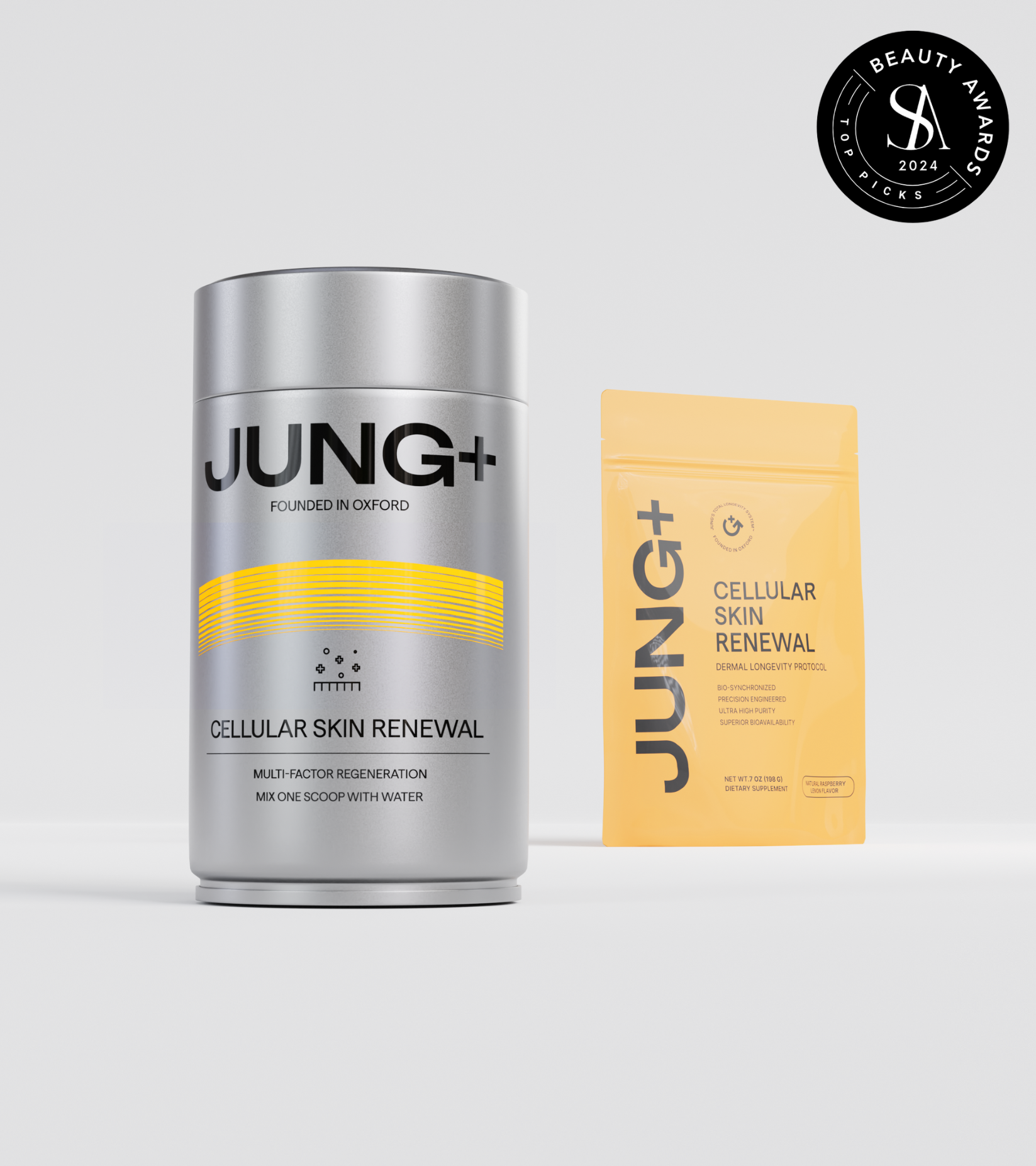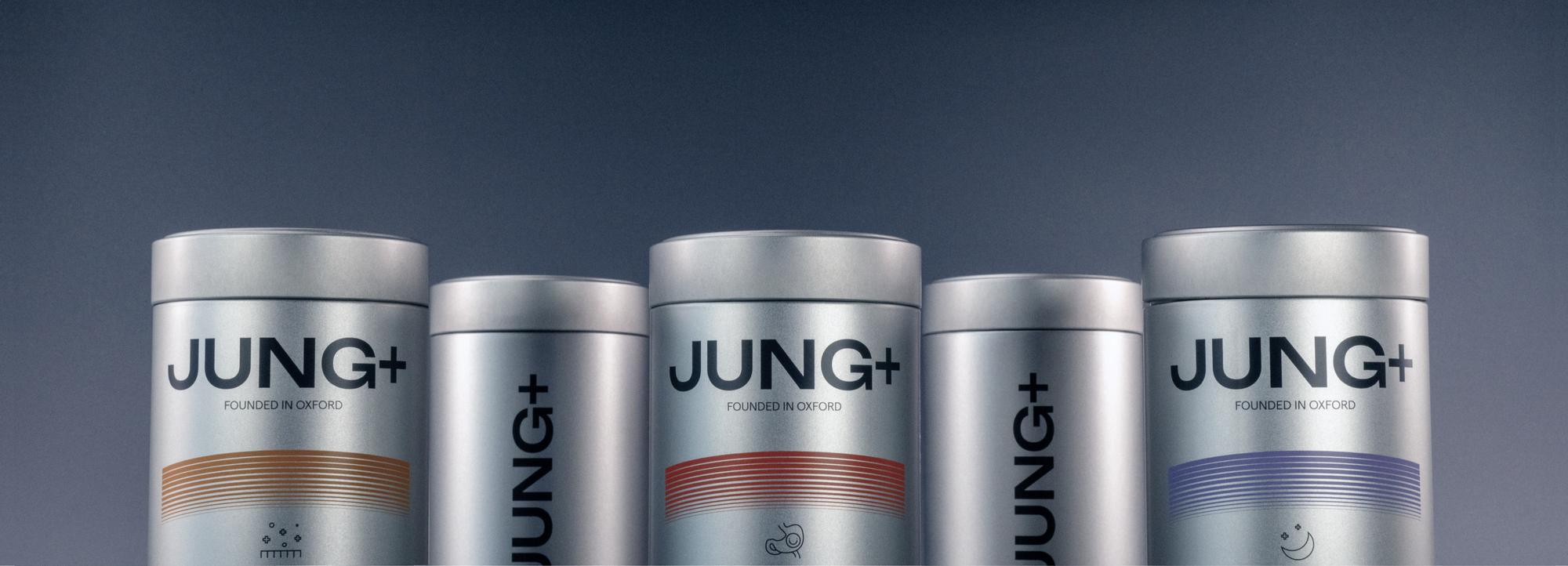"Niacinamide is a versatile ingredient that addresses multiple skin concerns, including improving elasticity and reducing inflammation, making it a valuable component in anti-aging skincare."
Dr. Alek Nikolic, an aesthetic medical practitioner

FREE SHIPPING ON ALL SUBSCRIPTIONS!
FREE SHIPPING ON ALL SUBSCRIPTIONS!
FREE SHIPPING ON ALL SUBSCRIPTIONS!
FREE SHIPPING ON ALL SUBSCRIPTIONS!
FREE SHIPPING ON ALL SUBSCRIPTIONS!
FREE SHIPPING ON ALL SUBSCRIPTIONS!
FREE SHIPPING ON ALL SUBSCRIPTIONS!
FREE SHIPPING ON ALL SUBSCRIPTIONS!
FREE SHIPPING ON ALL SUBSCRIPTIONS!
FREE SHIPPING ON ALL SUBSCRIPTIONS!
FREE SHIPPING ON ALL SUBSCRIPTIONS!
FREE SHIPPING ON ALL SUBSCRIPTIONS!
FREE SHIPPING ON ALL SUBSCRIPTIONS!
FREE SHIPPING ON ALL SUBSCRIPTIONS!
FREE SHIPPING ON ALL SUBSCRIPTIONS!
FREE SHIPPING ON ALL SUBSCRIPTIONS!
FREE SHIPPING ON ALL SUBSCRIPTIONS!
FREE SHIPPING ON ALL SUBSCRIPTIONS!
FREE SHIPPING ON ALL SUBSCRIPTIONS!
FREE SHIPPING ON ALL SUBSCRIPTIONS!
FREE SHIPPING ON ALL SUBSCRIPTIONS!
FREE SHIPPING ON ALL SUBSCRIPTIONS!
FREE SHIPPING ON ALL SUBSCRIPTIONS!
FREE SHIPPING ON ALL SUBSCRIPTIONS!
FREE SHIPPING ON ALL SUBSCRIPTIONS!
FREE SHIPPING ON ALL SUBSCRIPTIONS!
FREE SHIPPING ON ALL SUBSCRIPTIONS!
FREE SHIPPING ON ALL SUBSCRIPTIONS!
FREE SHIPPING ON ALL SUBSCRIPTIONS!
FREE SHIPPING ON ALL SUBSCRIPTIONS!
"Niacinamide is a versatile ingredient that addresses multiple skin concerns, including improving elasticity and reducing inflammation, making it a valuable component in anti-aging skincare."
Dr. Alek Nikolic, an aesthetic medical practitioner
Niacinamide’s primary longevity benefits stem from its role as a precursor to nicotinamide adenine dinucleotide (NAD+), a critical coenzyme found in every cell of the body. NAD+ is fundamental to energy production, DNA repair, and cellular resilience. Research has shown that NAD+ levels naturally decline with age, contributing to a range of aging-related issues, from reduced energy and cognitive decline to decreased skin elasticity and repair capacity.
By replenishing NAD+ levels, niacinamide provides a foundation for numerous cellular processes that directly combat the hallmarks of aging. Let’s explore these mechanisms in greater detail.
Niacinamide supports the production of NAD+, a coenzyme that facilitates key metabolic reactions in the body. NAD+ plays an essential role in converting food into cellular energy through mitochondrial function, which tends to decline with age. Research shows that increasing NAD+ levels can enhance mitochondrial activity, improving cellular energy production and combating fatigue associated with aging (Yaku et al., 2018).
DNA damage accumulates as we age, and the body’s ability to repair this damage diminishes over time. NAD+ is required for the activity of poly(ADP-ribose) polymerases (PARPs), enzymes that detect and repair DNA damage caused by environmental factors like UV exposure and oxidative stress. Niacinamide has been shown to enhance this repair process, helping cells maintain their integrity and function (Zhen et al., 2019). Additionally, niacinamide’s antioxidant properties neutralize free radicals, preventing oxidative stress—a key driver of aging that damages cells, proteins, and lipids.
Healthy mitochondria are essential for longevity, as they power nearly every process in the body. Niacinamide supports mitochondrial function and promotes mitophagy, a process where damaged or dysfunctional mitochondria are removed and replaced with healthy ones. Improved mitochondrial health has been linked to greater energy levels and reduced age-related degeneration (Wu et al., 2023).
Chronic inflammation is a hallmark of aging, contributing to conditions such as arthritis, cardiovascular disease, and cognitive decline. Niacinamide reduces inflammation by modulating inflammatory pathways and supporting the activity of sirtuins, proteins that regulate cellular health and inflammation. By restoring NAD+ levels, niacinamide ensures that these anti-inflammatory pathways remain active, promoting overall longevity (Elhassan et al., 2019).
Skin, the body’s largest organ, is often the most visible marker of aging. Niacinamide offers remarkable benefits for skin health, earning it a reputation as a staple in anti-aging regimens. While many benefits are attributed to topical applications, oral niacinamide plays a pivotal role in nourishing the skin from within.
Niacinamide strengthens the skin barrier by boosting the production of ceramides and other lipids. A robust skin barrier helps retain moisture, improve hydration, and protect against environmental damage. Studies confirm that improved barrier function reduces dryness, irritation, and sensitivity, which often increase with age (Bissett et al., 2006).
Aging skin loses collagen and elastin, leading to wrinkles and sagging. Niacinamide stimulates fibroblast activity, encouraging collagen synthesis and enhancing skin elasticity. This helps maintain a youthful appearance and reduces the depth of fine lines (Dewi et al., 2024).
Hyperpigmentation, dark spots, and uneven skin tone are common signs of aging. Niacinamide reduces the transfer of melanosomes to skin cells, evening out pigmentation and promoting a brighter complexion (Krader, 2002).
UV radiation accelerates skin aging by causing DNA damage and oxidative stress. Niacinamide supports the repair of UV-induced damage and reduces sallowness, enhancing skin radiance and texture (Zhen et al., 2019).
While its impact on longevity and skin health is profound, niacinamide also offers functional benefits that support overall wellness:
Cognitive Health: By restoring NAD+ levels, niacinamide may protect against cognitive decline and support brain function as we age.
Cardiovascular Support: Niacinamide improves energy metabolism in heart cells, promoting a healthy cardiovascular system (Wei et al., 2021).
Immune Regulation: By enhancing DNA repair and reducing inflammation, niacinamide strengthens the immune system’s ability to fend off age-related diseases.
Niacinamide is more than just a vitamin—it’s a cornerstone of cellular health and longevity. Through its ability to restore NAD+ levels, repair DNA, and reduce inflammation, niacinamide addresses the root causes of aging at a cellular level. For those seeking to age gracefully, maintain youthful skin, and support long-term health, niacinamide stands out as an indispensable ingredient backed by robust scientific research.
Incorporating niacinamide into your health regimen, under the guidance of a healthcare provider, could be a powerful step toward unlocking a longer, healthier, and more vibrant life.

In this study, researchers explored how niacinamide supplementation restores NAD+ levels to combat cellular aging. Using animal models and preclinical studies, they found that NAD+ restoration improved mitochondrial function, enhanced DNA repair, and reduced inflammation—all hallmarks of aging. The findings underscore niacinamide’s role in promoting cellular resilience and longevity through NAD+ pathways. Published in Ageing Research Reviews (2018), titled "NAD metabolism: Implications in aging and longevity," by Yaku et al.
This clinical study examined niacinamide’s effects on aging skin, focusing on hydration, elasticity, and oxidative stress reduction. Niacinamide enhanced the skin barrier function, reduced wrinkles, and promoted radiance, making it an anti-aging powerhouse in both topical and oral applications. Published in Dermatologic Surgery (2006), titled "Niacinamide: A B vitamin that improves aging facial skin appearance," by Bissett et al.
This study focused on niacinamide’s effects on collagen synthesis and skin elasticity. Using animal models and preclinical trials, researchers found that oral niacinamide stimulated fibroblast activity, leading to increased collagen and elastin production. This resulted in a measurable reduction in wrinkles and improved skin firmness, supporting niacinamide’s role in systemic anti-aging strategies. Published in Formosa Journal of Multidisciplinary Research (2024), titled "Formula Development and Characterization Testing of Niacinamide Nano Liposomes as Anti-Aging," by Dewi et al
This study explored niacinamide’s antimicrobial properties and its ability to improve skin health by modulating the skin microbiome. Researchers found that niacinamide caused microbial cell cycle arrest in harmful pathogens, improving skin resilience and reducing inflammation. By interacting directly with DNA, niacinamide also mitigated oxidative stress, contributing to better skin integrity and reduced signs of aging. These findings highlight niacinamide’s potential to enhance skin health by balancing the microbiome and protecting against environmental stressors. Published in Microorganisms (2024), titled "Niacinamide Antimicrobial Efficacy and Its Mode of Action via Microbial Cell Cycle Arrest," by Ziklo et al.
500 mg
per day
~4
pounds of Salmon


Niacinamide is a key component in our Cellular Skin Renewal formula due to its proven ability to enhance skin resilience and promote cellular health by supporting NAD+ levels. By replenishing this vital coenzyme, niacinamide energizes skin cells, strengthens the skin barrier, and boosts collagen production, helping to reduce fine lines and restore elasticity.








Yes, niacinamide plays a crucial role in producing NAD+, which supports cellular energy production by optimizing mitochondrial function.
Yes, niacinamide reduces oxidative stress by neutralizing free radicals and supporting DNA repair processes, which helps mitigate aging effects.
Niacinamide is safe to pair with other supplements like Niacin or NMN, as they often work synergistically to enhance NAD+ levels and support cellular health.
While individual responses vary, many users notice improvements in skin health and energy levels within 4–8 weeks of consistent use.
Yes, niacinamide is generally considered safe for long-term use when taken within recommended dosage guidelines, with minimal risk of side effects.
Yes, niacinamide supports cognitive function by replenishing NAD+ levels, which are essential for neuron health, memory, and reducing oxidative stress in the brain.
Topical niacinamide primarily targets the skin’s outer surface. Oral niacinamide, on the other hand, supports these effects systemically by enhancing NAD+ levels throughout the body, and in deeper layers of the entire skin organ system.
Bissett, D. L., Oblong, J. E., & Berge, C. A. (2006). Niacinamide: A B vitamin that improves aging facial skin appearance. Dermatologic Surgery, 32(7), 884-889.
Cheng, S. C., Young, D. O., Huang, Y., Delmez, J., & Coyne, D. (2008). A randomized, double-blind, placebo-controlled trial of niacinamide for reduction of phosphorus in hemodialysis patients. Clinical Journal of the American Society of Nephrology, 3(4), 1131-1138.
Dewi, T. K., Kuncahyo, S., & Setyarini, R. (2024). Formula development and characterization testing of niacinamide nano liposomes as anti-aging. Formosa Journal of Multidisciplinary Research.
Elhassan, Y. S., Klücková, K., Fletcher, R. S., et al. (2019). Nicotinamide riboside augments the aged human skeletal muscle NAD+ metabolome and induces transcriptomic and anti-inflammatory signatures. Nature Communications, 10, 644.
Krader, C. (2002). Niacinamide benefits aging skin through multimodal action. Journal of Cosmetic Dermatology.
Pacheco, C. (2016). Niacinamide and dermatology. Clinical, Cosmetic, and Investigational Dermatology, 9, 3-10.
Prousky, J. E. (2010). An N-of-1 placebo-controlled trial in clinical practice: Testing the effectiveness of oral niacinamide (nicotinamide) for the treatment of anxiety. Canadian Journal of Clinical Practice.
Vergilio, L. M., & Leonardi, G. R. (2024). Topical formulation with niacinamide combined with 5 MHz ultrasound for improving skin aging: A double-blind, randomized, placebo-controlled clinical study. Current Medicinal Chemistry.
Wang, Y., Sun, Y., et al. (2022). Nicotinamide mononucleotide supplementation improves mitochondrial dysfunction and rescues cellular senescence by NAD+/Sirt3 pathway in mesenchymal stem cells. International Journal of Molecular Sciences.
Wu, Y., Yuan, L., et al. (2023). Effect of exercise and oral niacinamide mononucleotide on mitochondrial dynamics and function. Experimental Gerontology.
Yaku, K., Okabe, K., & Nakagawa, T. (2018). NAD+ metabolism: Implications in aging and longevity. Ageing Research Reviews, 47, 1-20.

Build your stack, today
Tell us about yourself and your goals. We'll use your answers to determine your baseline and build your recommendations.